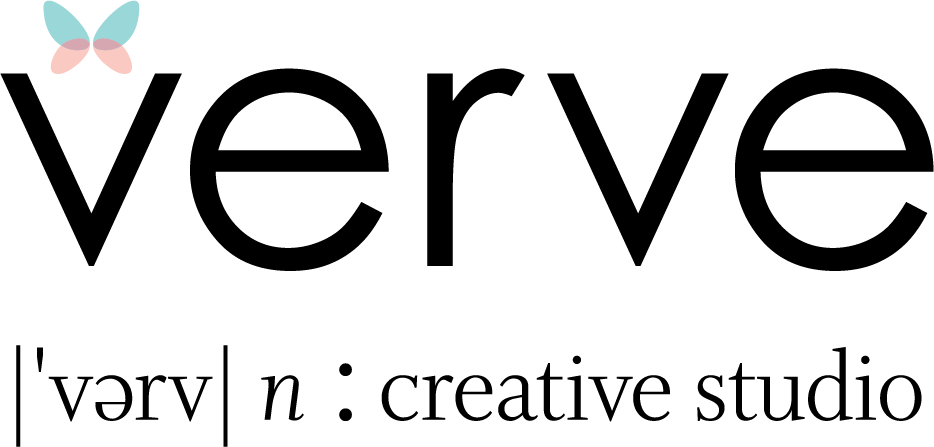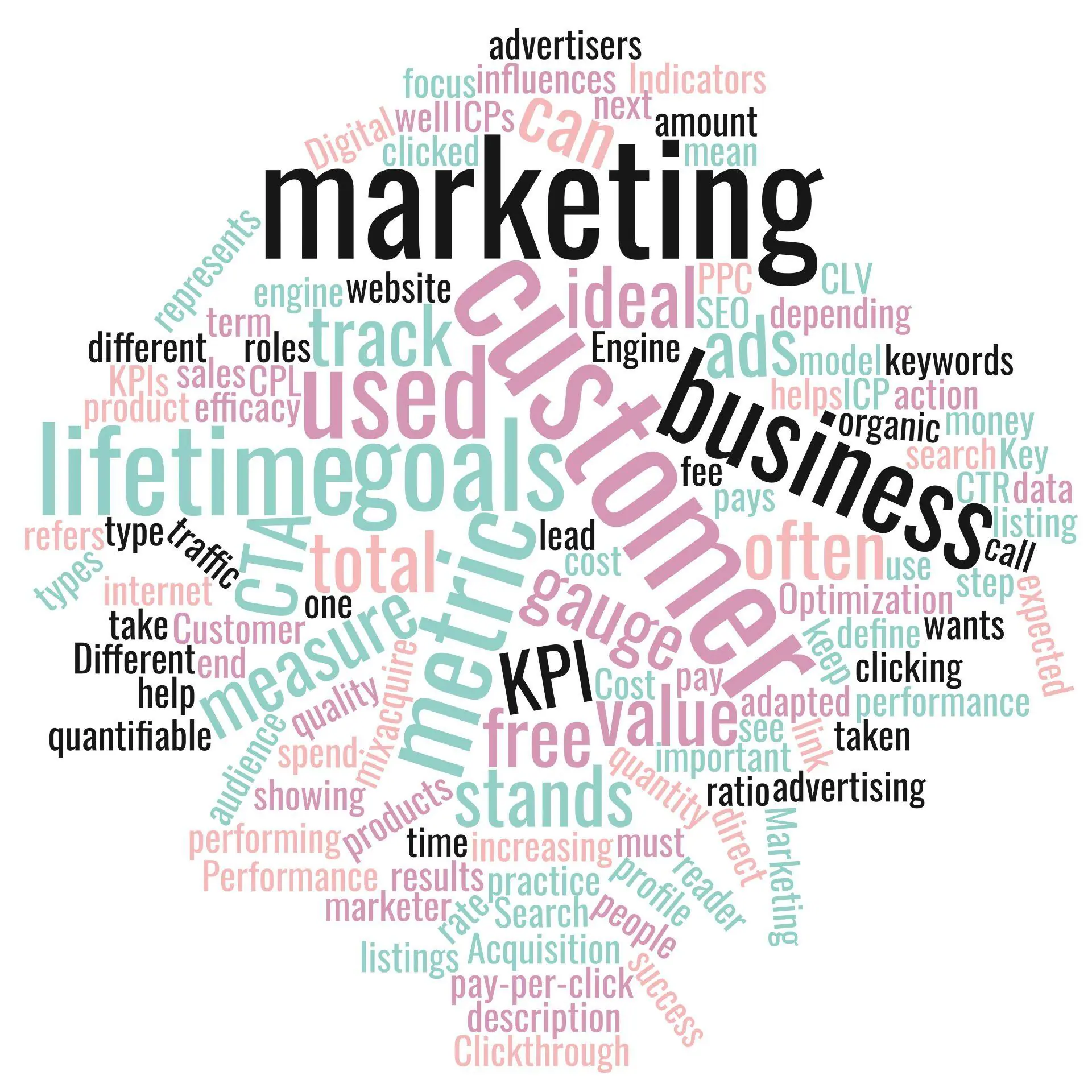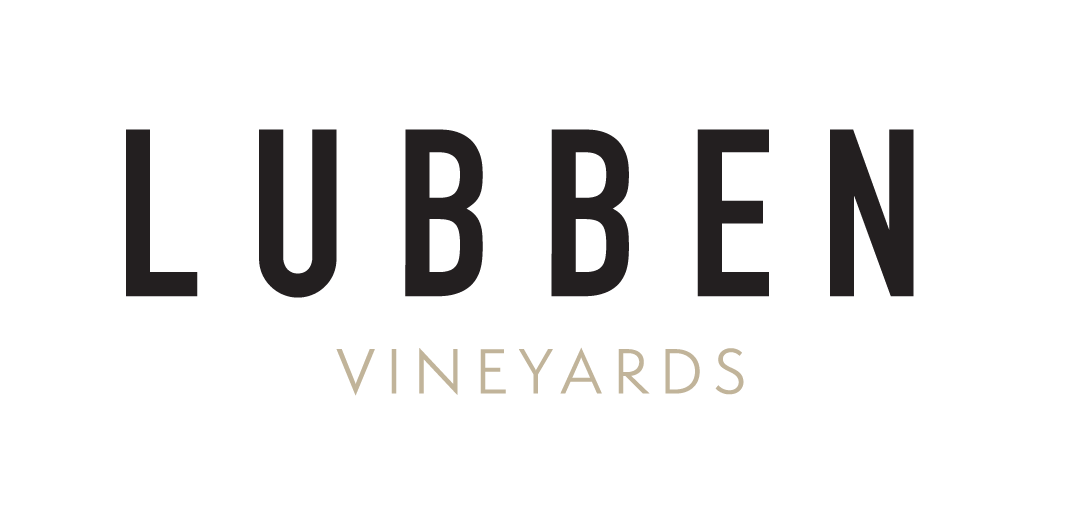
Imagine walking into a marketing meeting, and someone drops the term “CTR” (Click-Through Rate) like it’s no big deal. If you’re in the know, you’ll nod like a pro and toss out your thoughts. If not, you’ll sit there feeling about as useful as a screen door on a submarine.
When you’re working with a marketing agency or brand designer, knowing these terms is super-duper important. It will help you to step up your game in marketing meetings and make you a better digital marketer. So, let’s decode all those mysterious acronyms like SEO, ROI, and KPI. These terms and many others are pieces to a giant puzzle. Here are some of the most basic terms and how they are utilized in our marketing strategies at Verve.
CTA
A call to action (CTA) is a marketing term that refers to the next step a marketer wants its audience or reader to take. The CTA can have a direct link to sales.
What is the next step you want your customers to take after receiving your marketing message? This should be defined prior to ad creation. While not all content requires a call-to-action, paid advertising should always have one.
CTR
Clickthrough rate (CTR) is a ratio showing how often people who see your ad or free product listing end up clicking it.
This metric can be used to gauge how well your keywords and ads, and free listings, are performing.
KPI
KPIs or Key Performance Indicators are quantifiable goals which help you to track and measure success.
This term is often over used and taken to mean any advertising metric or data used to measure business performance. Different types of businesses focus on different sets of KPI’s depending on their goals.
CLV
The lifetime value of a customer or CLV, represents the total amount of money a customer is expected to spend in your business, or on your products, during their lifetime.
This metric helps gauge the efficacy of your marketing mix. Are you spending too much of your marketing budget on billboards? Should you be spending more on social?
SEO
SEO stands for Search Engine Optimization, which is the practice of increasing the quantity and quality of traffic to your website through organic search engine results. Read our article on SEO basics to learn more about Search Engine Optimization.
Organic is non-paid results which includes creating content, managing search listings and GMB (Google My Business). Organic is the long game. SEM is paid search marketing which produces more instant results.
ICP
An ideal customer profile (ICP) is a description of your ideal customer.
We use ICPs to define roles, goals, and how our marketing must be adapted to each type of customer. Not to be confused with customer personas which utilize data and market research to map out buying patterns within your ICP. Customer personas make it easier to map out content and allocate time and resources.
PPC
PPC stands for pay-per-click, a model of internet marketing in which advertisers pay a fee each time one of their ads is clicked.
PPM or pay-per-impressions is ideal for brands with a limited budget and a small audience which is the case for new businesses learning about customer actions. PPC is ideal for genuine engagement.
CPL
The total cost marketing pays to acquire a lead. It is an important metric to keep track of and it influences your Customer Acquisition Cost (CAC).
If you are selling products online you must know your CPL because a healthy CPL helps you achieve a healthy CAC. To calculate CPL, divide your total marketing ad spend by the total number of leads.
We hope this helps with your marketing puzzlement and congrats on no longer appearing completely confused in your next Zoom meeting. Trust your struggle but, if you need a marketing professional to guide your strategy and content creation, you know who to call.
Let’s Collaborate
TELL US ABOUT YOUR PROJECT
We love messages and meeting for coffee or tea at one of our favorite local spots. Drop us a note and we’ll get back to you as soon as possible…
























 Just giving you the heads up: We use cookies and other tracking doodads to make your browsing experience as sweet as a freshly baked batch (Website
Just giving you the heads up: We use cookies and other tracking doodads to make your browsing experience as sweet as a freshly baked batch (Website